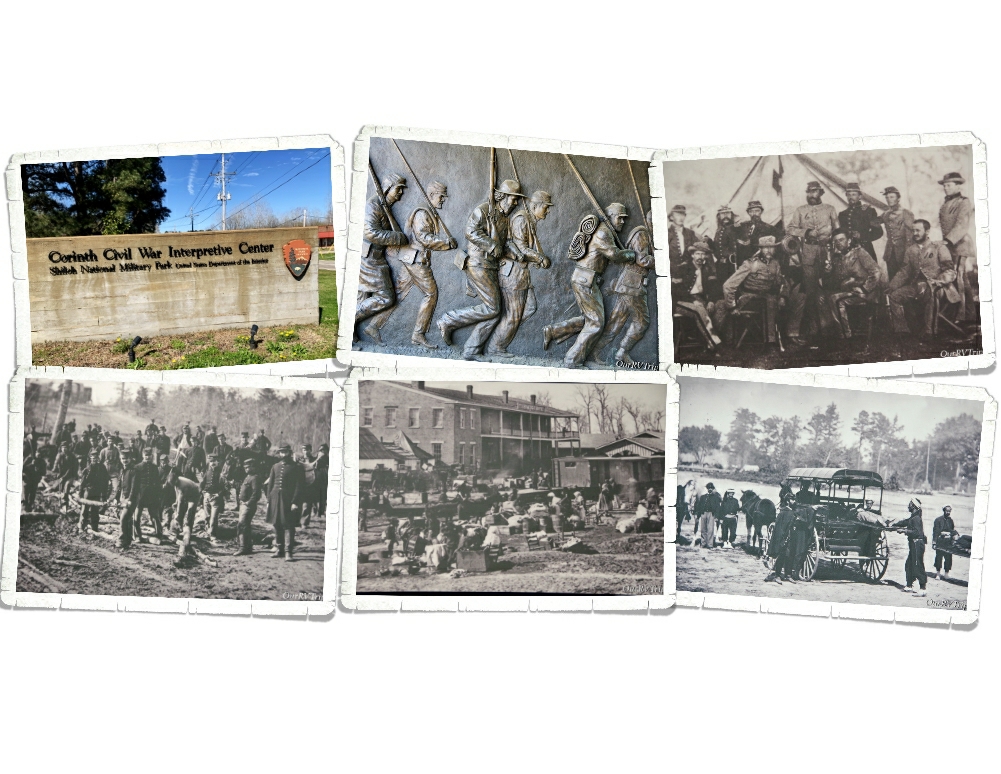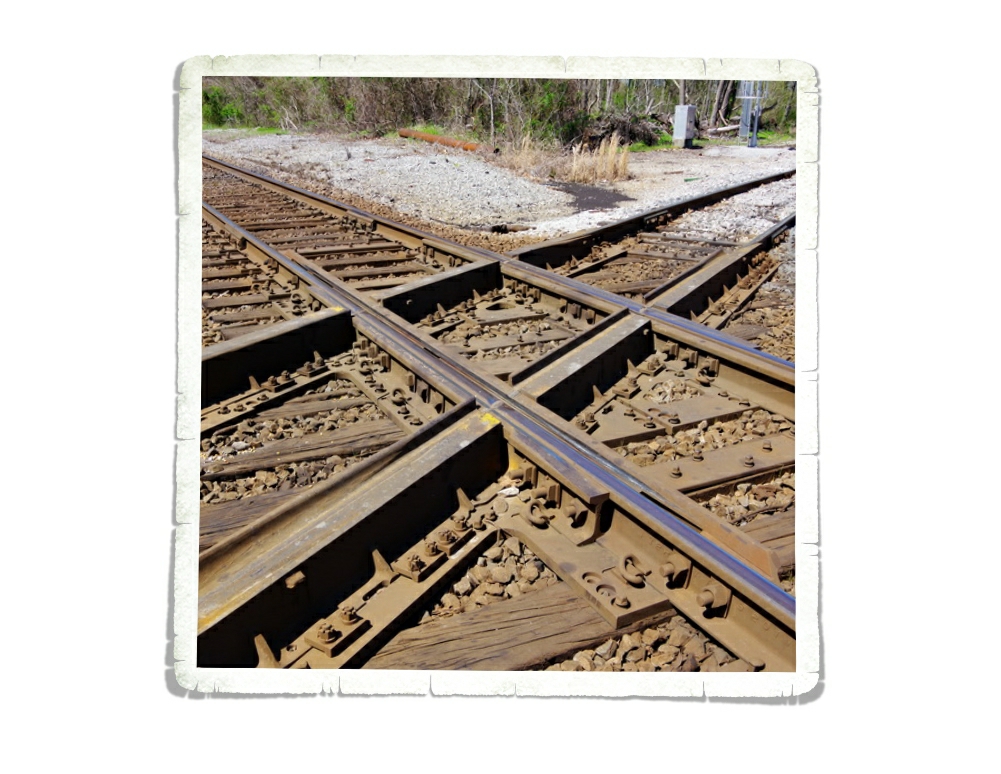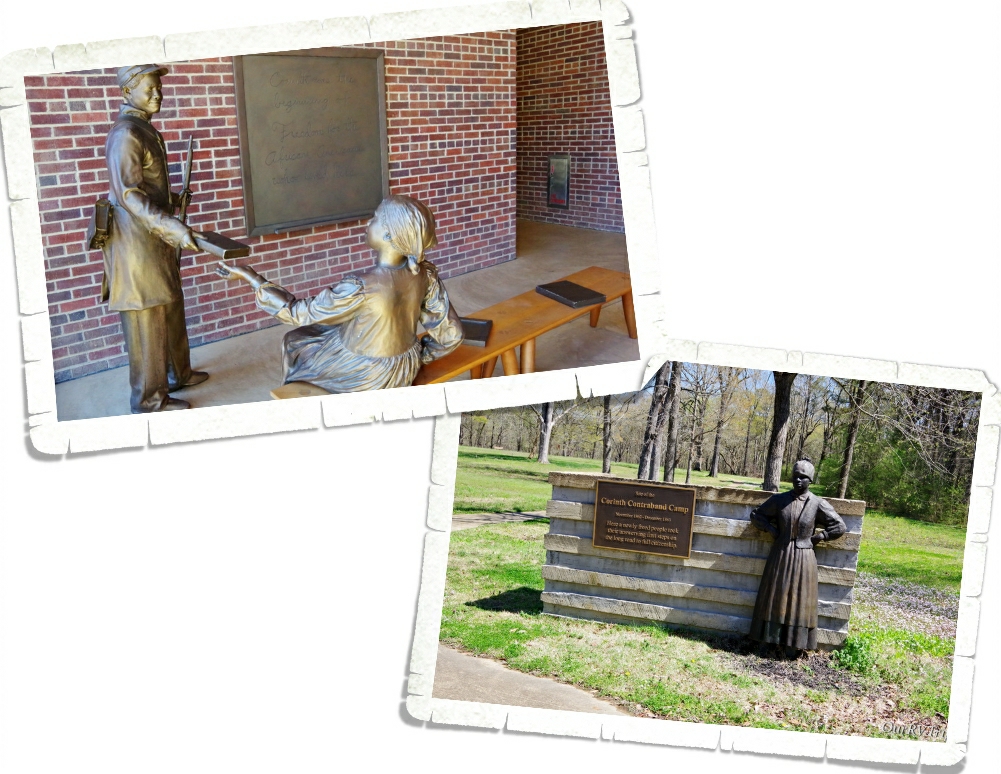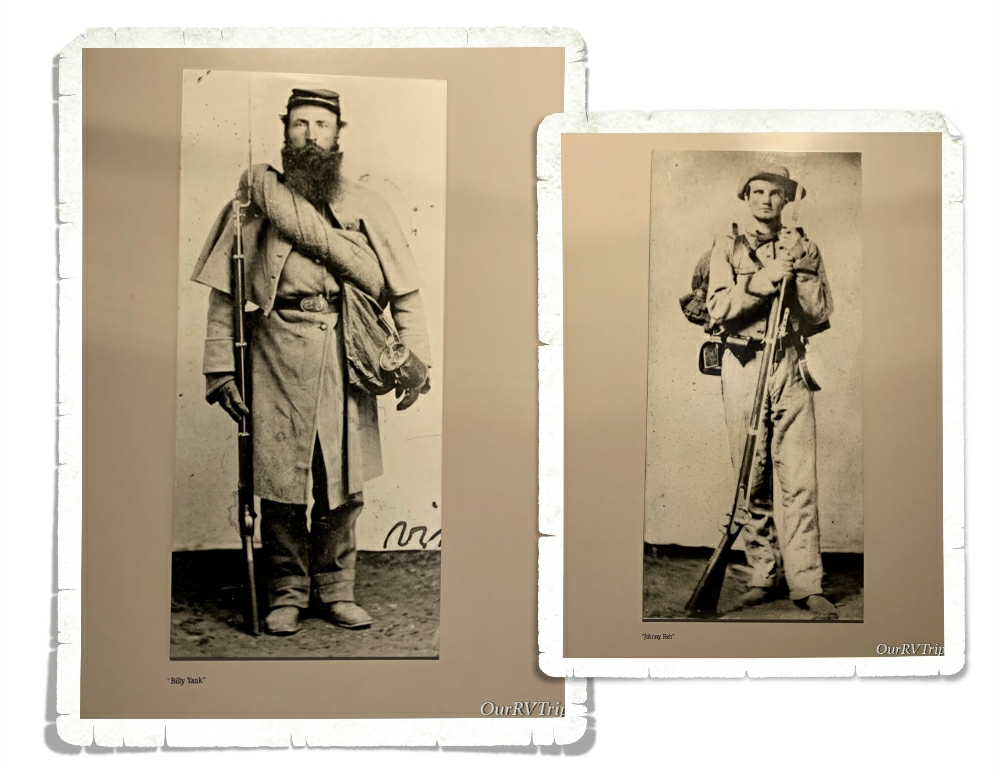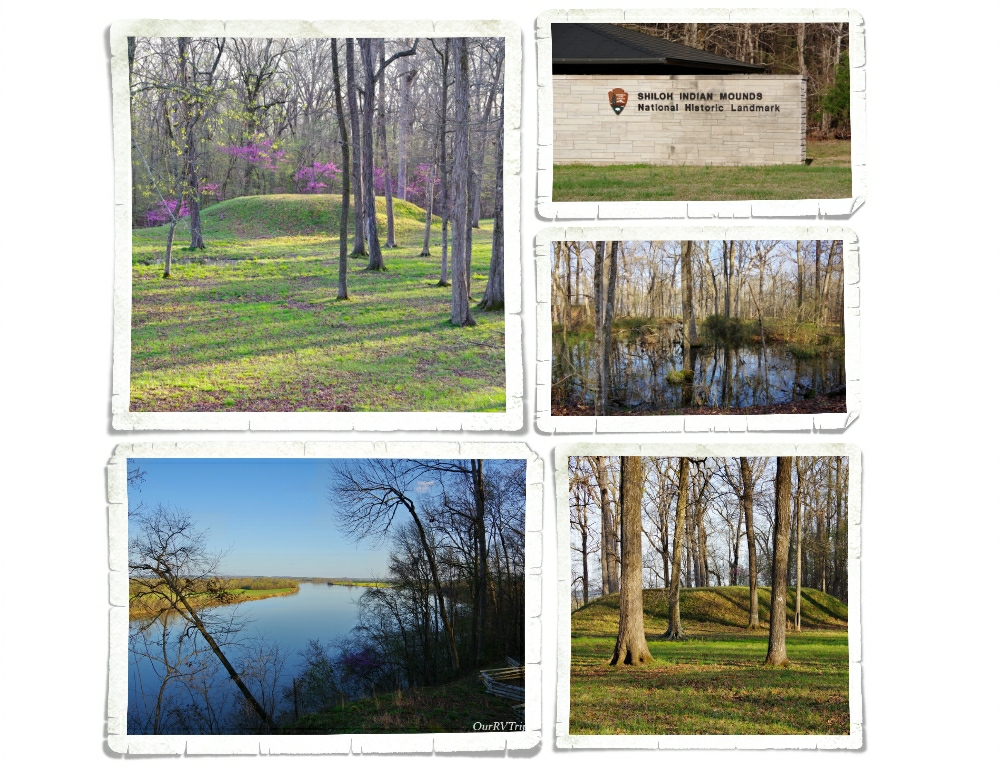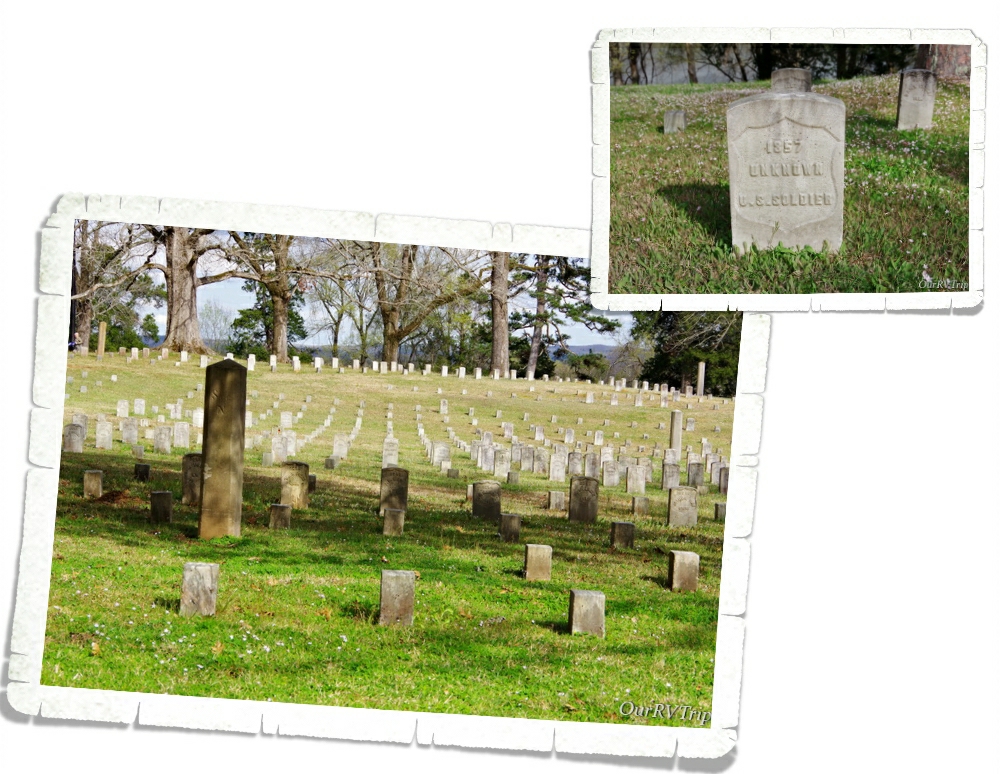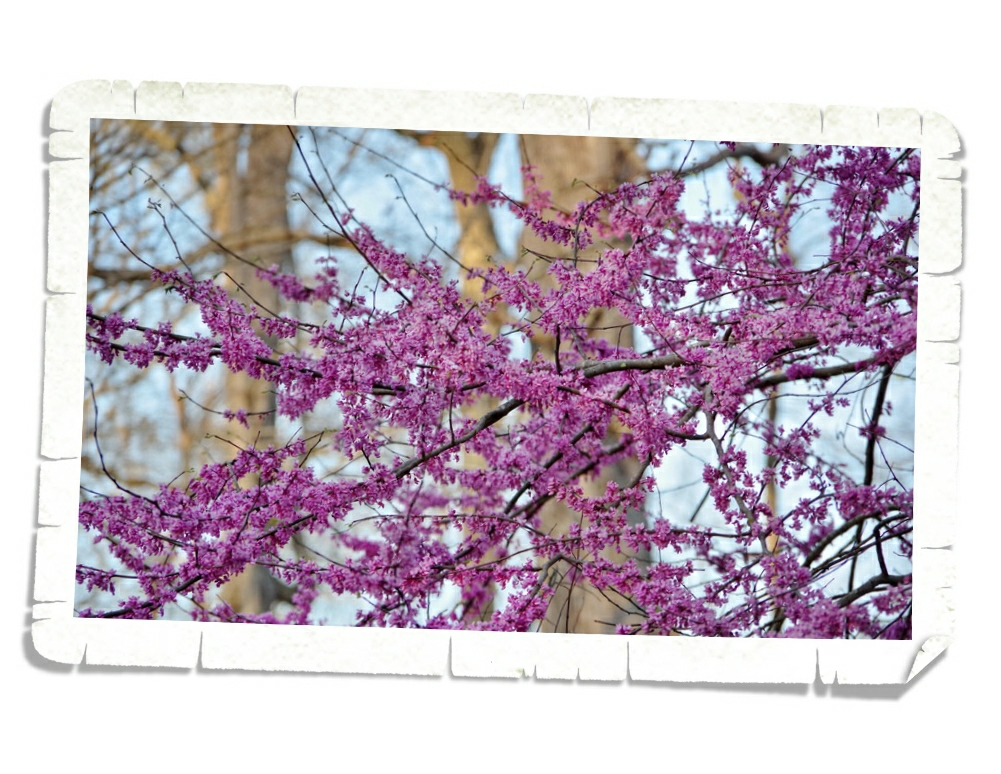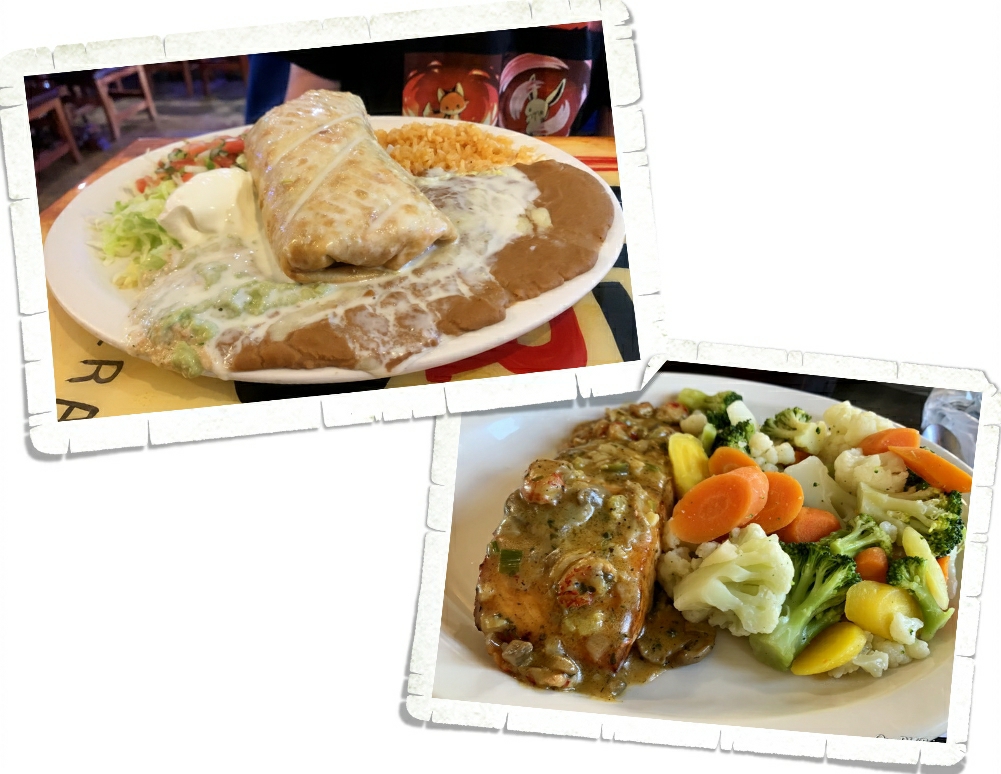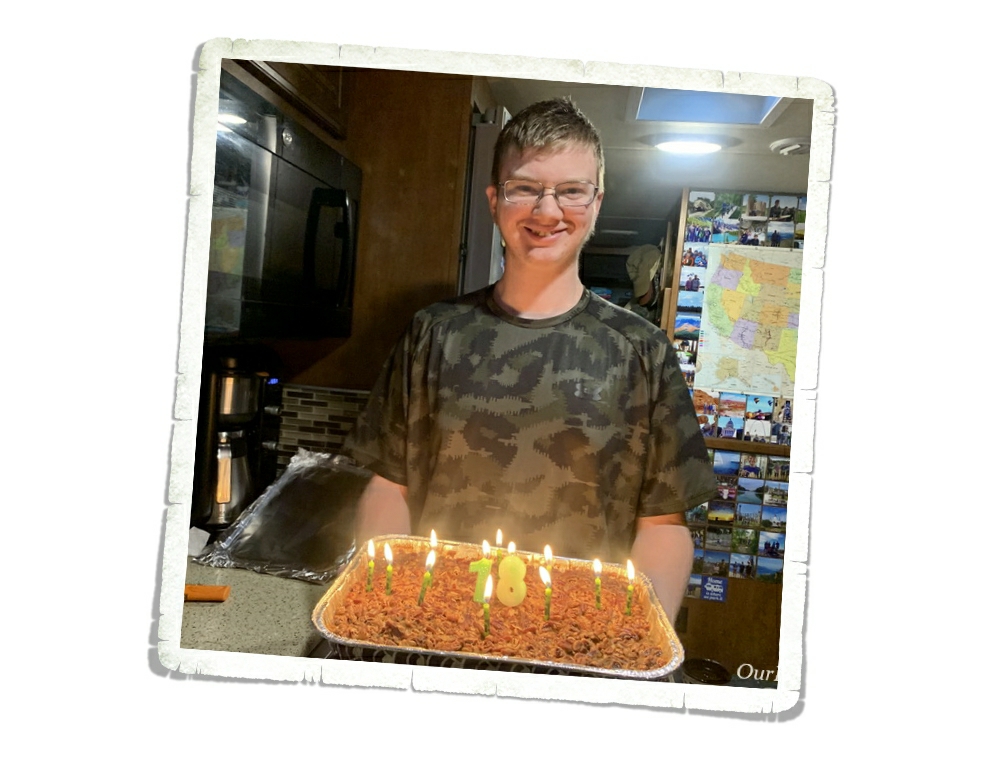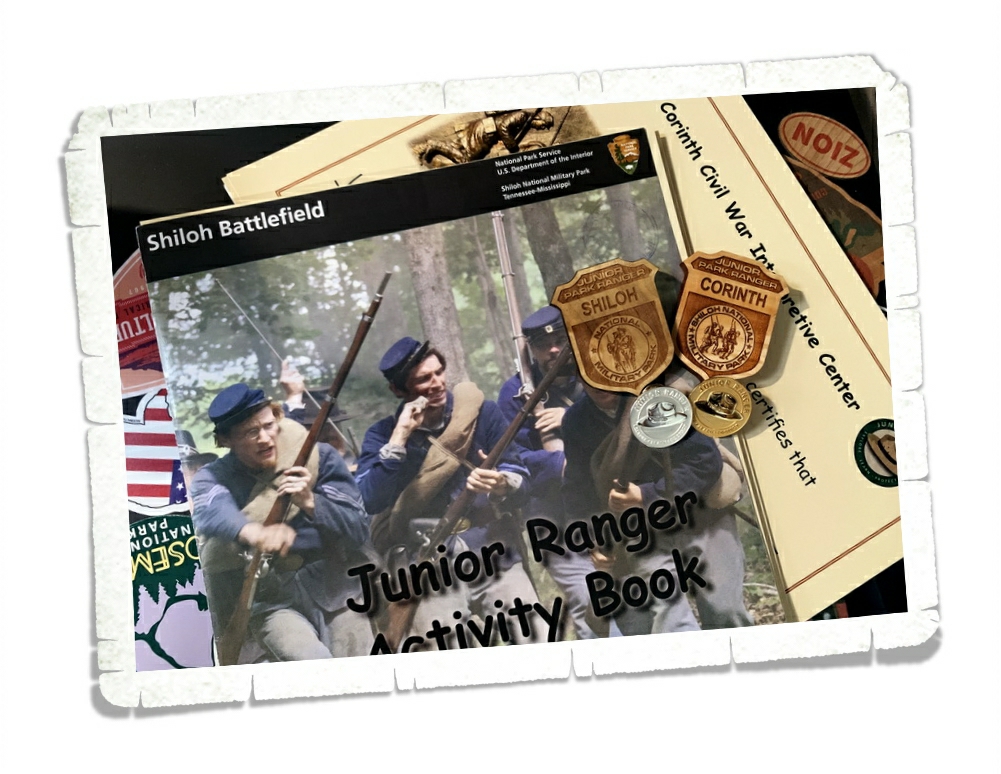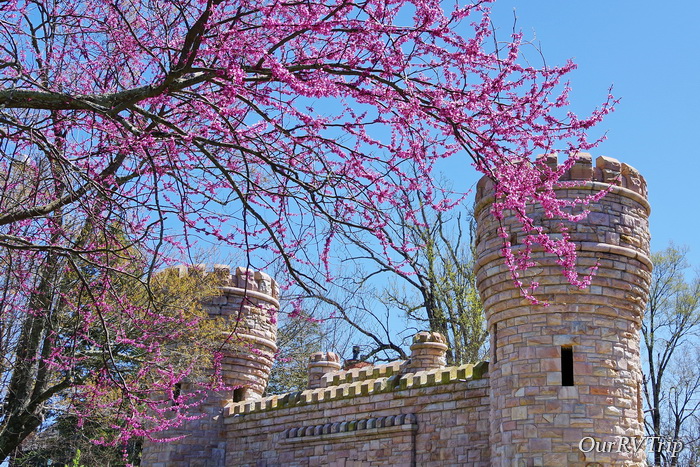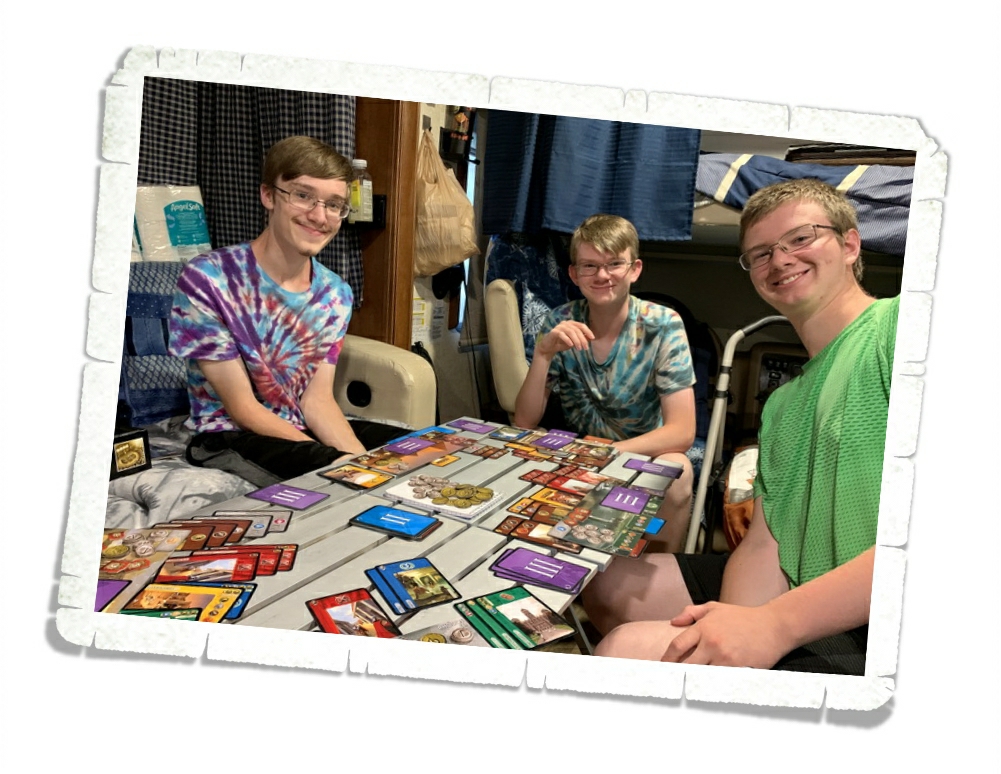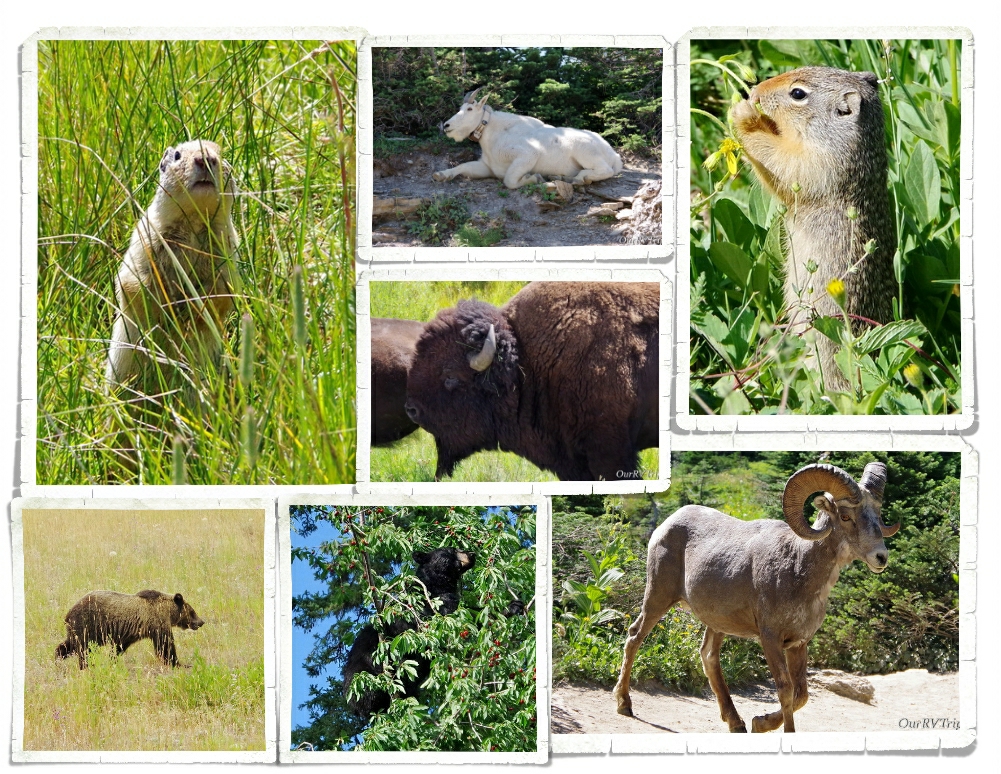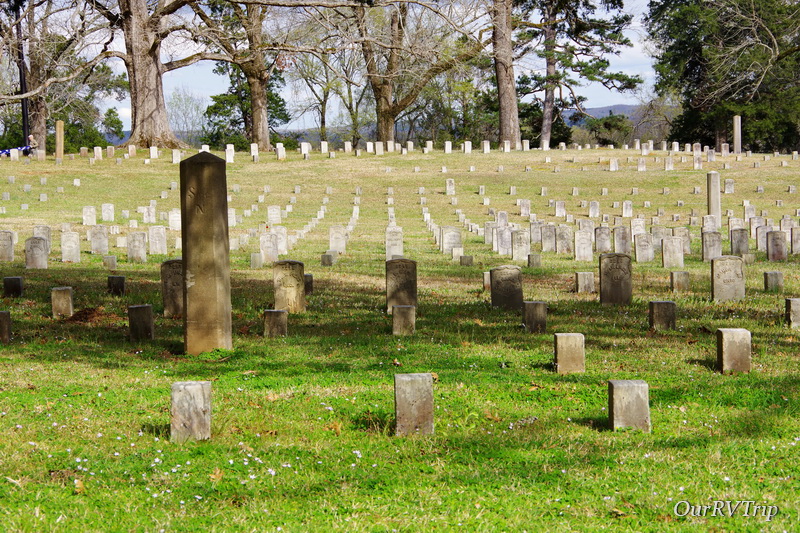
Shiloh National Military Park
Hey Guys! When we first started this whole quest to see America, we knew we wanted to visit a few National Parks…but National Battlefields/National Military Parks weren’t even on our radar. Back in 2015, as we were passing through Montana, some people at the RV park we were staying at talked us into going to visit Little Bighorn Battlefield National Monument. We went, but didn’t think we’d enjoy it. Well, long story short…we loved it. We all learned so much that we now seek out the historical/battlefields/military park/fort National Park Units.
We enjoy touring and learning about our Country’s history so much that we spent a month earlier this year touring some of Tennessee’s battlefields. We started our Tennessee battlefield tour on March 20 (2021) with Shiloh NMP. Our tour was fast and furious as we jumped to a new location every Saturday. Our weeks were a combination of work/school and trying to squeeze every minute we could out of the nearby National Park Units.
Shiloh National Military Park preserves the history of one of the first major battles in the western theater of the Civil War. Two days…nearly 110,000 American soldiers…23,746 casualties. The two day battle didn’t end in a decisive winner for either side, but was just the beginning of a six month struggle to control this vital area.
Shiloh NMP is considered to be one of the best preserved battlefields in our Country with 156 monuments and 650 interpretive markers. The interpretive markers are especially interesting here since many of the surviving soldiers were still alive when this particular National Military Park was being built. There are many first-hand accounts you can read. It makes the battle feel more personal…more real…not just words on a page.
At the end of the first two days, nearly 8,000 wounded and dying Confederate soldiers made their way to the nearby town of Corinth, MS. Corinth was a small town of around 1,500 people that sat on the crossroads of the Memphis & Charleston and the Mobile & Ohio Railroads. The black and white pictures are all pictures I took of pictures we found in the various Shiloh NMP visitor centers.
You can imagine what 8,000 wounded soldiers would do to a town the size of Corinth. The town’s people tried their best to help the soldiers, but in the end…the town suffered greatly. Eventually, the water supply ran out, food ran out and people left as the battle for the area took over the little town. By the end of the Battle of Shiloh, the Union captured Corinth and controlled the vital railroad junction.
During the Civil War a Contraband Camp was a place that freed men, women, and children would gather together to make a life for themselves. Some of the residents freed themselves by escaping the plantations they were being kept on. The Corinth Contraband Camp had over 110 buildings that included homes, a school, a church, a commissary, a hospital, blacksmith, seamstress, shoemaker and offices. It became the model town for other townsites. By May of 1863, the residents had 300 acres that they were cultivating and making a profit of $4,000 to $5,000 a month. The population varied greatly and tended to fluctuate between 1,500 to 6,000. You can go walk a small portion of the land that the Corinth Contraband Camp sat on. There are some statues that show what parts of their daily lives might have been like. The Contraband Camps were a part of our Country’s history I didn’t know about. It was eye-opening and we learned a lot.
Meet “Billy Yank” and “Johnny Reb”. They were bitter enemies during the battles, but would often times help one another by the end of the war. They would swap stories of home, trade supplies, and offer what little help they could.
While you’re at Shiloh NMP you should make sure to visit the Shiloh Indian Mounds National Historic Landmark to learn about the first people who called this area of our Country home.
The sheer number of casualties of the Shiloh/Corinth battles shocked the Country and had both economic and psychologic impacts on civilians for both sides of the war. The lessons learned during these battles resulted in better standards and procedures of care implemented by both sides.
During our time in this area, the redbud trees came to life! They were everywhere!
We were only in this area for one week but we, of course, found a few foodies. It was a smaller town so we were pleasantly surprised by the foodies we found.
We also celebrated Alex’s birthday…I can’t believe he’s 18! He asked me to make a Pecan Cobbler for his bday this year. He graduates this year and he’s ready to get his life started!
Well, that’s it for this location…
See y’all down the road!
#NationalParkTour


